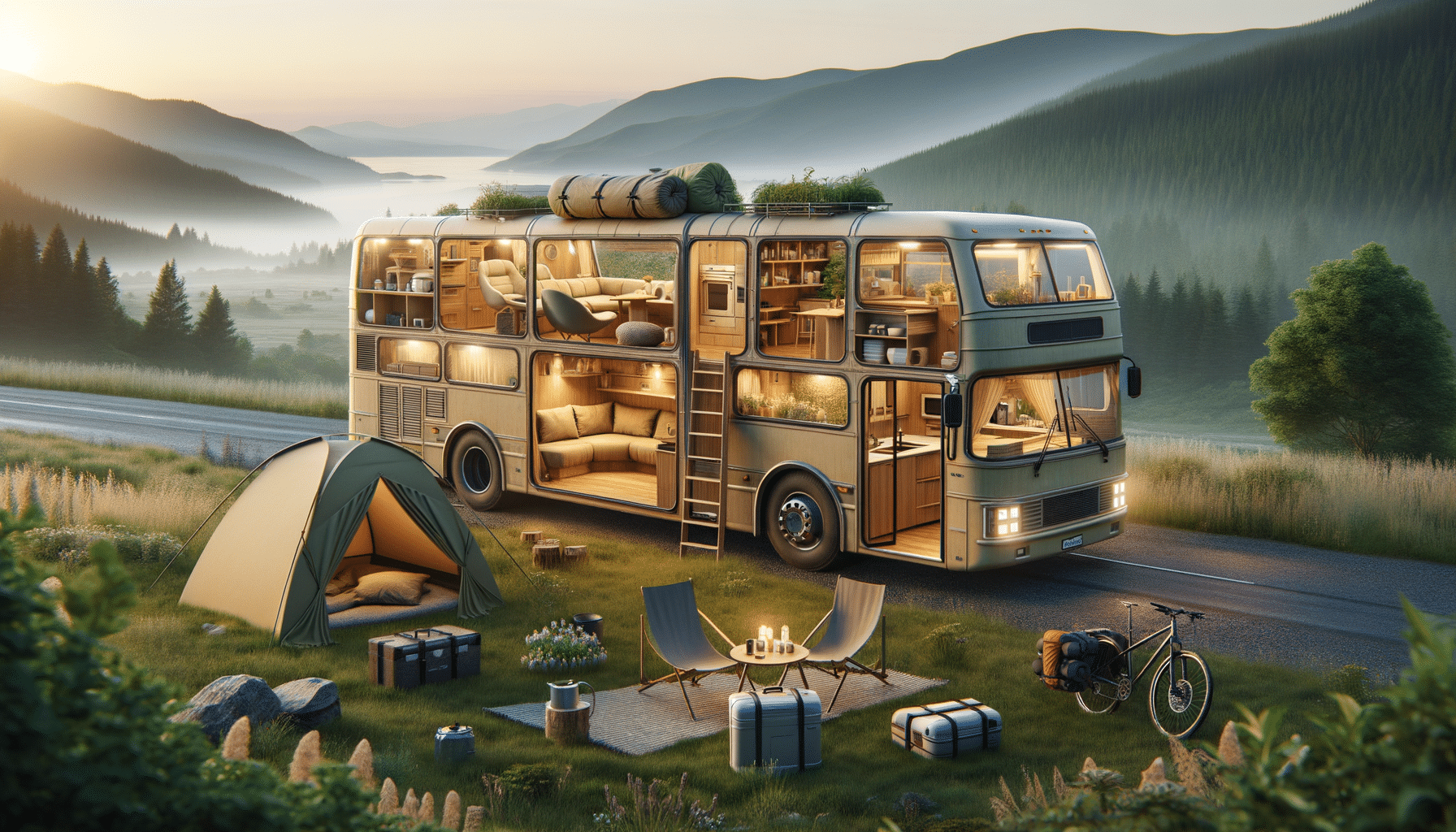Exploring the World of Bus Homes: A Journey of Comfort and Adventure
Bus homes offer a unique blend of mobility and comfort, redefining modern living on the road.

Introduction to Bus Homes
In recent years, the concept of bus homes has gained significant traction among those seeking a lifestyle that combines adventure with comfort. These mobile homes, often converted from old school buses or coaches, offer a unique way to explore the world without sacrificing the comforts of home. As more people look for flexible living arrangements that allow them to travel freely, bus homes present an intriguing option that blends the allure of the open road with the practicality of a well-equipped living space.
Bus homes are more than just vehicles; they are a statement of freedom and a testament to the creativity of their owners. With the ability to customize every aspect of the interior, from the kitchen layout to the sleeping quarters, these homes on wheels are tailored to individual needs and preferences. This article delves into the various aspects of bus homes, exploring their design, functionality, and the lifestyle they offer.
The Appeal of Bus Homes
One of the primary attractions of bus homes is the sense of freedom they provide. Unlike traditional homes, a bus home allows its inhabitants to change their scenery at will, without the constraints of fixed locations. This mobility is particularly appealing to those who crave adventure and new experiences. Whether parked by a serene lake or nestled in a bustling city, bus homes offer the flexibility to live where the heart desires.
Moreover, bus homes are often seen as a sustainable living option. By repurposing old buses, owners contribute to reducing waste and promoting environmental consciousness. The compact nature of bus homes also encourages minimalistic living, where individuals learn to prioritize essential belongings. This shift towards sustainability and minimalism is a growing trend among modern nomads who value experiences over possessions.
Design and Customization
Designing a bus home is an exciting process that allows for a high degree of personalization. Owners can choose from a variety of layouts and amenities to suit their lifestyle. Common features include a fully functional kitchen, a cozy sleeping area, and a compact bathroom. The use of space-saving furniture and innovative storage solutions is crucial in maximizing the limited space available.
Customization goes beyond functionality; it extends to aesthetics as well. Many bus home owners take pride in creating interiors that reflect their personality and taste. From rustic wooden finishes to sleek modern designs, the possibilities are endless. This personal touch not only enhances the living experience but also makes each bus home unique.
Challenges of Living in a Bus Home
While bus homes offer many advantages, they also come with their own set of challenges. One of the main issues is space limitation. Living in a confined area requires careful organization and a willingness to adapt to a simpler lifestyle. Additionally, maintaining a bus home involves regular upkeep of both the vehicle and its interior, which can be time-consuming and costly.
Another challenge is finding suitable places to park, especially in urban environments where regulations may restrict parking options. Despite these challenges, many bus home enthusiasts find the rewards far outweigh the difficulties, as the lifestyle offers unparalleled freedom and a sense of adventure.
Conclusion: The Future of Bus Homes
As the trend of mobile living continues to grow, bus homes are likely to become an increasingly popular choice for those seeking an alternative lifestyle. They represent a fusion of travel and home life, offering a unique way to experience the world. With advancements in technology and a growing community of bus home enthusiasts, the future looks promising for this innovative form of living.
For anyone considering this lifestyle, it’s essential to weigh the pros and cons and to plan carefully to ensure a successful transition. Ultimately, bus homes offer a chance to embrace a life of exploration, creativity, and freedom, making them an enticing option for modern adventurers.